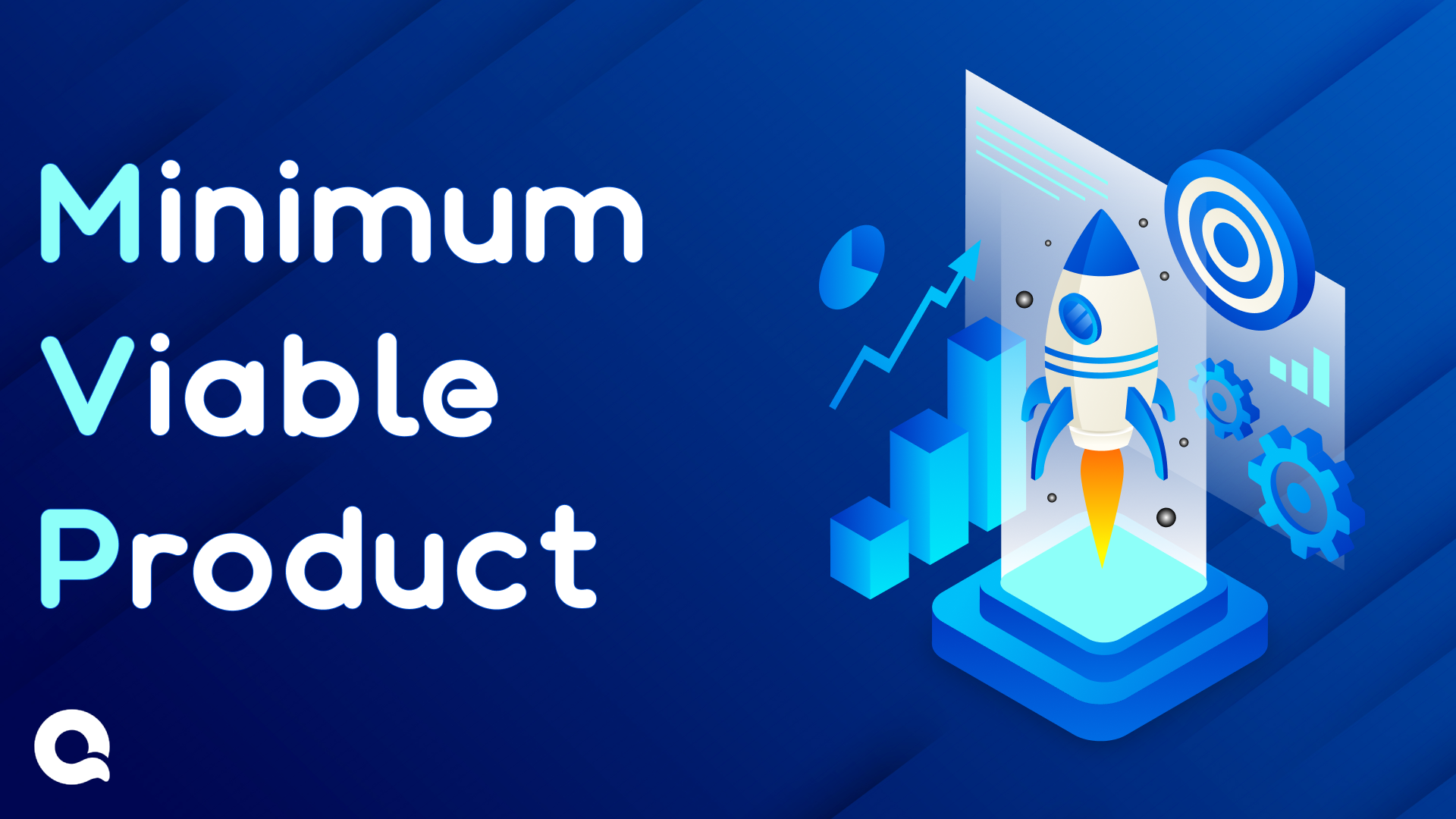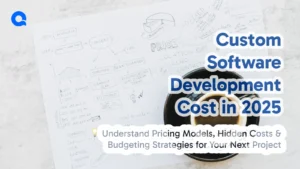
The concept of a Minimum Viable Product (MVP) is a cornerstone in the realm of modern web development. By releasing an initial version of a product with just enough features to satisfy early adopters, businesses can test ideas, reduce risks, and validate market needs before investing in a full-scale build. This strategic approach empowers developers and stakeholders to focus on delivering core functionality, gathering actionable feedback, and iterating quickly.
What is MVP in Web Development?
A Minimum Viable Product (MVP) is a streamlined version of a web application that includes only its most essential features. Rather than building a feature-rich final product, teams launch an MVP to validate assumptions, attract early users, and minimize resource expenditure.
An effective MVP should:
- Solve a real user problem.
- Provide clear value.
- Be built and launched quickly.
- Allow room for iteration based on user insights.
Key Benefits of MVP in Web Development
1. Reduced Development Cost and Risk
MVPs enable companies to avoid large upfront investments in features that may not be necessary. By focusing on core functionality, teams spend less time and budget before validating an idea. This significantly reduces the risk of failure.
2. Faster Time-to-Market
By launching a lean version of the product, development cycles are shortened. This helps businesses introduce their solutions to the market faster, beat competitors, and gather feedback early on.
3. Early User Feedback
An MVP allows for the collection of real user feedback as early as possible. This input is crucial for refining the product, identifying features that users actually need, and eliminating guesswork from the development process.
4. Data-Driven Product Evolution
Analytics and feedback gathered from MVP users help teams make data-driven decisions. This approach leads to better prioritization of features and enhancements in future iterations.
5. Efficient Resource Allocation
MVPs help align development resources with actual user demand. Instead of building every feature upfront, teams can allocate time and budget to the features that matter most to users.
Common Challenges When Building an MVP
1. Defining the Right Feature Set
Identifying what constitutes the “minimum” in a minimum viable product can be difficult. Teams must strike a balance between too little and too much functionality.
2. Market Uncertainty
It can be challenging to predict how users will respond to a new idea or product. Without sufficient market research, MVPs may miss the mark.
3. Ensuring Scalability
An MVP must be designed with the future in mind. If successful, the product should be scalable to support growing user demands and feature complexity.
Best Practices for a Successful MVP Strategy
1. Conduct Thorough Market Research
Understanding your target audience’s needs, pain points, and preferences is essential for shaping a relevant MVP. This minimizes guesswork and aligns the product with actual demand.
2. Focus on Core Value Proposition
Clearly define the problem your MVP will solve and limit development to features that directly address that problem. Resist the urge to add “nice-to-have” features at this stage.
3. Start with a Clickable Prototype
Before writing code, test your MVP idea with wireframes or clickable prototypes. This helps gather early feedback and ensures your concept is on the right track.
4. Implement Scalable Architecture
Even though MVPs are minimal by design, building them on a scalable foundation ensures they can grow seamlessly with user demand and business expansion.
5. Iterate Continuously Based on Feedback
Use data and user feedback to guide your product roadmap. MVP is not a final product but a starting point for continuous improvement.
Final Thoughts
In a competitive digital environment, building a Minimum Viable Product is not just a lean approach—it’s a smart one. It enables businesses to validate ideas early, build what users actually want, and reduce waste in development. By embracing the MVP model, web development teams can deliver impactful products faster and with greater confidence.
Want to transform your business idea into a lean, scalable product? QalbIT’s web development experts are ready to help you plan, build, and iterate your MVP from start to finish.
Frequently asked questions
MVP is a minimal version of a product with only core features, while a full-featured product has all the bells and whistles.
MVP can be used in most web development projects but may not be suitable for complex or highly specialized products.
Common mistakes to avoid when building an MVP include building too much, not validating assumptions, ignoring user feedback, and launching too soon.






